#SpaceExploration
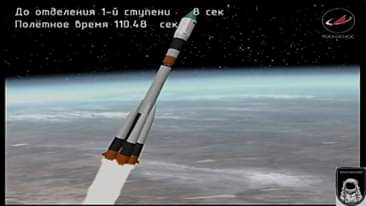

#SpaceExploration
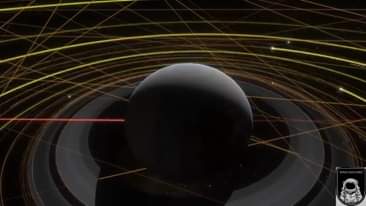
#SpaceExploration
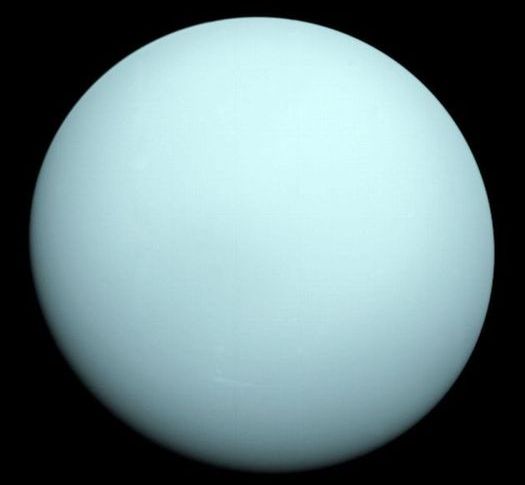
Just how many planets are visible without a telescope? Not including our own planet, most people will answer “five” (Mercury, Venus, Mars, Jupiter and Saturn).
Those are the five brightest planets, but in reality, there is a sixth planet that can be glimpsed without the aid of either a telescope or binoculars.
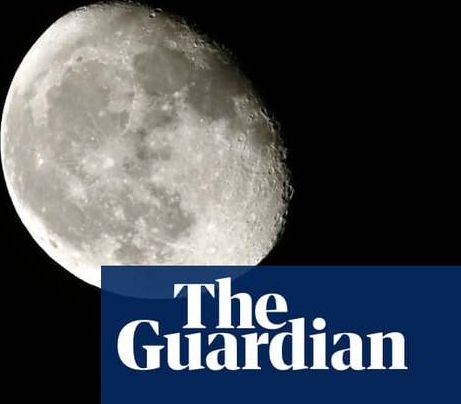
NASA has announced it is looking for private companies to go to the moon and collect dust and rocks from the surface and bring them back to Earth.
The American space agency would then buy the moon samples in amounts between 50 to 500 grams for between $15,000 to $25,000.
The NASA administrator, Jim Bridenstine, announced on Thursday that the moon material collection would become part of a technology development program that would help astronauts “live off the land” for crewed missions in the future to the moon or elsewhere.
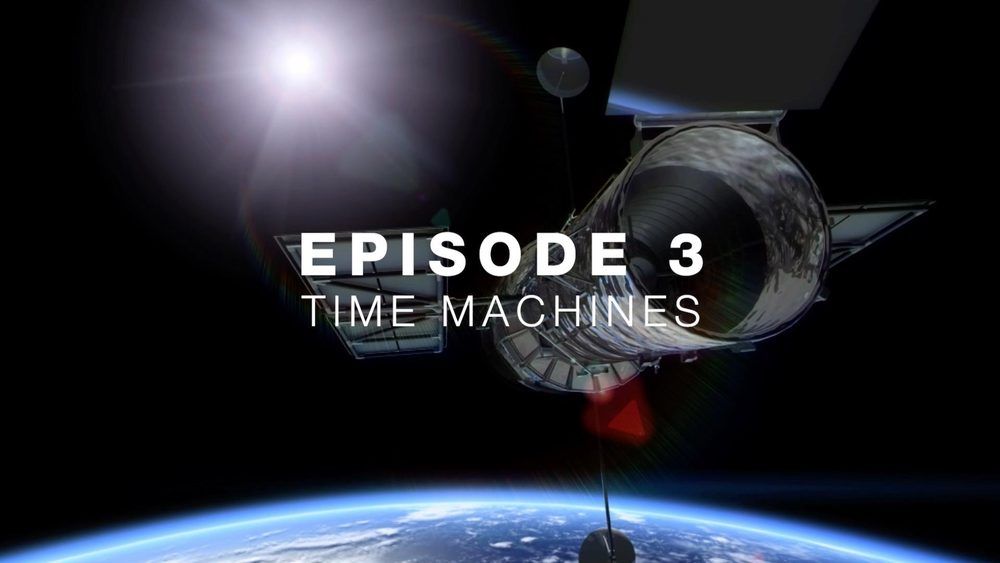
Episode 3: Time Machines – Hubble has looked back billions of years in time to see some of the earliest galaxies in their infancy, and it has fundamentally changed what we know about the universe itself. Find out from Nobel Laureate John Mather and Hubble Senior Project Scientist Jennifer Wiseman how Hubble will work with the future James Webb Space Telescope to revolutionize our understanding of the universe even further.
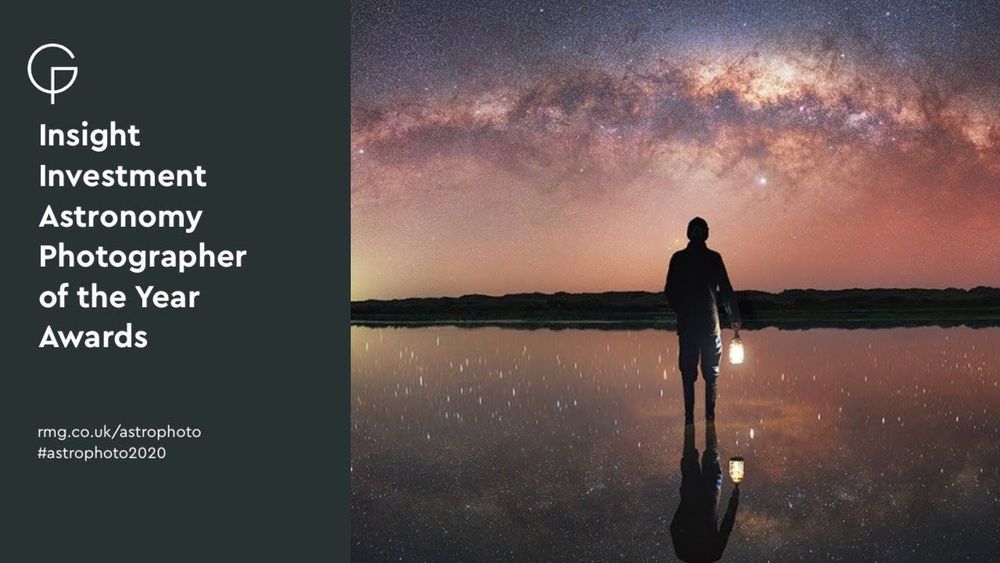
An international contest for space photography awarded its top prize to the photographer who captured a unique view of the Andromeda galaxy.
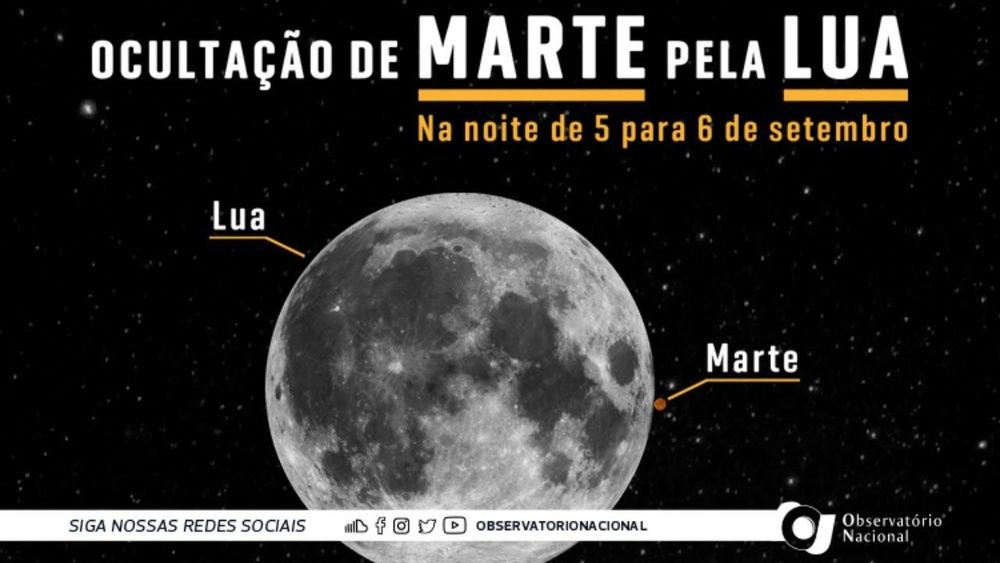
A different astronomy and space science related image is featured each day, along with a brief explanation.
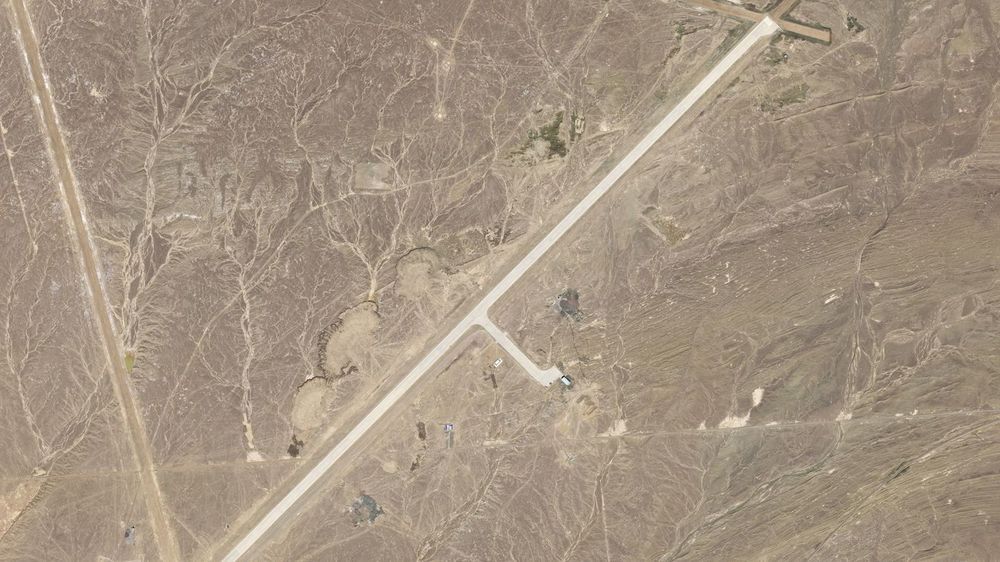
A commercial satellite photo may reveal a new Chinese space plane just moments after it landed at a remote site on the western side of China.
The photo, which is too low resolution to be conclusive, was snapped by the San Francisco-based company Planet. It shows what could be the classified Chinese spacecraft on a long runway, along with several support vehicles lined up nearby.
Terse statements by China’s official Xinhua news agency said only that a Long March 2F rocket had carried a “reusable experimental spacecraft” into orbit and that the launch and landing were successful. The landing took place on Sept. 6 at almost the exact time the photo was snapped by the passing satellite.
The mission took place this past weekend, shrouded in secrecy, but some clues are emerging about what China sent into space, and why.
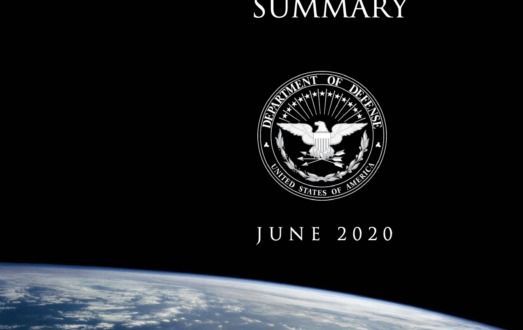
« The Strategy also calls for greater cooperation, both with private actors and with international allies and partners, in particular for future capability development and operations. The DSS makes clear that part of the rationale behind this call for cooperation is ”burden-sharing”, but the United States is also interested in collaborating to benefit from its allies’ space programmes. Moreover, these collaborative efforts will be given significant attention in the short-term, therefore, the place that Europe wants to take in this framework should be raised now. »
#SpaceWatchGL

WASHINGTON — Northrop Grumman announced it will not move forward with the development of the OmegA rocket. The vehicle was designed for the sole purpose of competing for a National Security Space Launch contract award but didn’t make the cut.
“We have chosen not to continue development of the OmegA launch system at this time,” Northrop Grumman spokeswoman Jennifer Bowman said in a statement. “We look forward to continuing to play a key role in National Security Space Launch missions and leveraging our OmegA investments in other activities across our business.”
Bowman said the company will not be protesting the U.S. Space Force’s decision to select United Launch Alliance and SpaceX for the NSSL contracts.